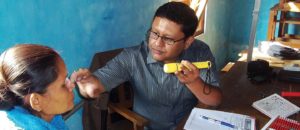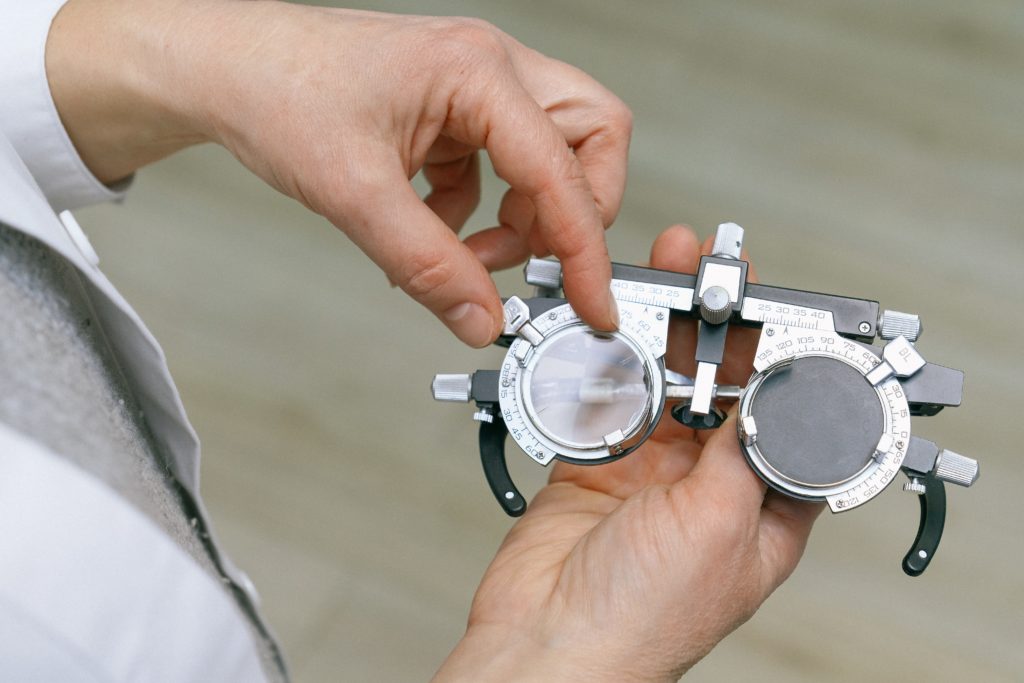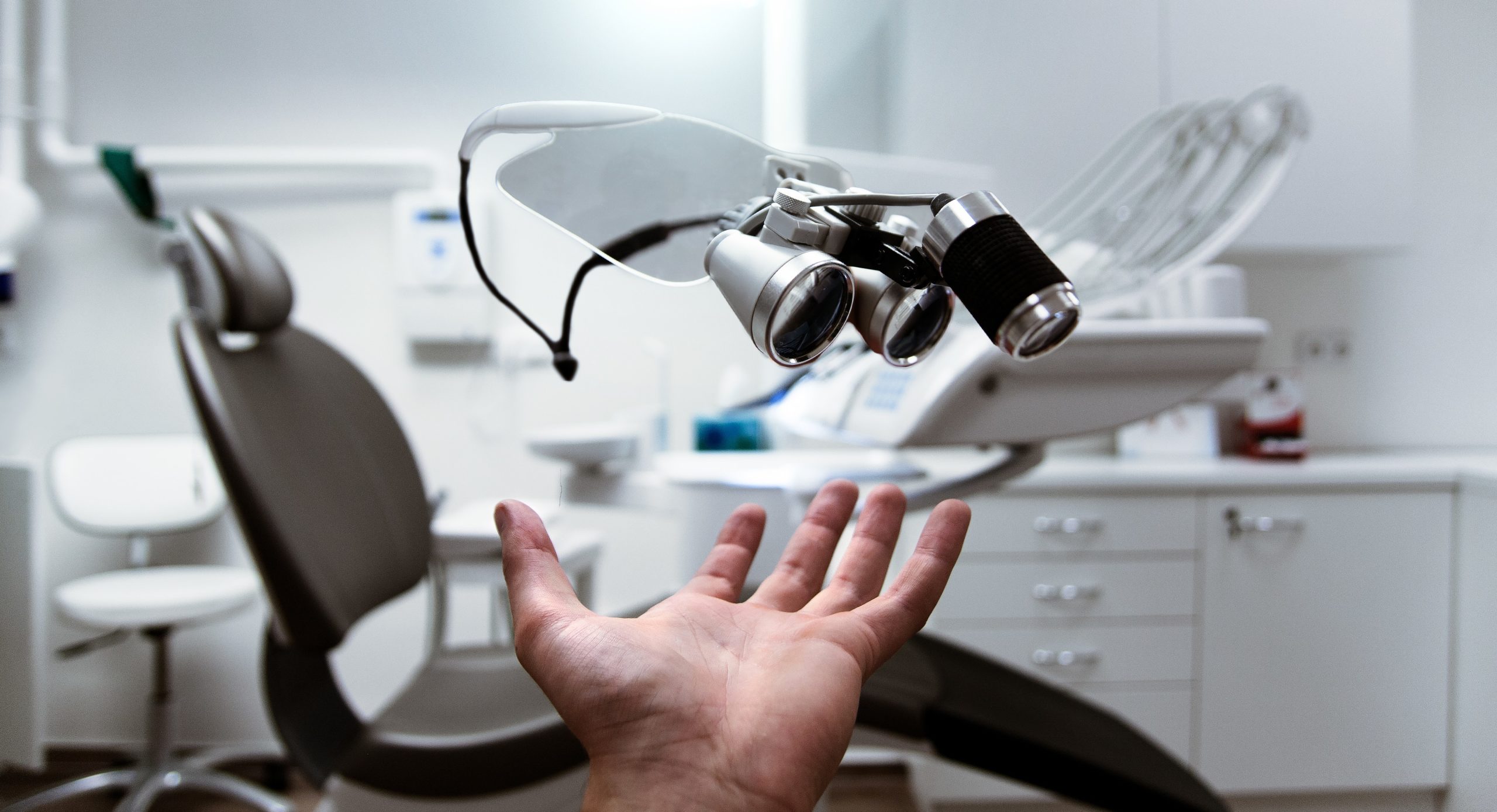Backed by Ankur Capital & Ennovent, ERC Eye Care has established a hub & spoke model to provide affordable eye care services for rural folk in the North Eastern region. In the last five years, armed with a team of 100 employees, the company has treated over 1.67 lakh patients and is now eyeing the South East Asian markets for expansion

Rural markets are certainly not what we imagined them to be even a decade ago. They like to be treated as people with aspirations, they don’t want to avail a free service and neither do they want to avail a service without being fully informed. These are just a handful of guidelines Dr. Parveez Ubed highlights as we engage in a conversation about his maiden venture, ERC Eye Care. It’s safe to say that, although he had no management experience, this entrepreneur came armed with a medical degree back to his hometown, Johrat in Assam, determined to build a healthcare venture which would tackle a challenge his people faced adversely – that of availing quality eye care services. He simply states that what helped the venture take off and even eye expansions from North East (India) to now South East Asia is the vision and the indomitable belief that his idea will work.
The Founding Journey
After completing his MBBS and a post graduation in Opthalmology in Guwahati, Dr. Ubed spent a good three years working with various organisations such as Lions Club International and Johrat Medical College, before he realized that there are pain points in eye care which need to be tackled and there is a lot that can be done in this space. There were three primary observations that led him into entrepreneurship. The first is, unlike for many of us who can get a basic eye-check up done and buy a pair of glasses at ease, for those living in rural areas, it’s a mammoth task. One is the distance to be traveled to avail primary medical care, two is the expenses involved in covering that distance plus covering medical expenses, and three is paying for food through the journey. “The additional costs for the rural folk alone will be in the range of Rs. 1,500 to Rs. 2,000, which is often more than their disposable income,” says Dr. Ubed. Specifically, in North-East which is fraught with socio-political unrest and poor infrastructure, the challenges only amplify.
The second trigger was a WHO Survey (2003-2005 Assam), which revealed that while 40 per cent of the population suffers from some form of visual impairment, 80 per cent of those problems can be treated with a simple eye check-up paired with glasses, and a portion of it can also be treated with a cataract surgery. “We also realized that people in the BoP segment not only cared for affordability, but also wanted the kind of service that was provided in cities, with an element of quality and dignity. So I thought, instead of setting up a non-profit organization, why not cater to the community’s aspiration by providing quality services albeit at an affordable price?” recalls Dr. Ubed.
Hence, in 2011, quite in the Silicon Valley style, Dr. Ubed took the first steps by converting his mother’s kitchen into a clinic and rolling out his business. As we delve deeper into his entrepreneurial journey, the ophthalmologist is quick to add that every stage of setting up the business was a learning experience for him. “The concept of entrepreneurship itself was unfamiliar to me,” he chuckles.
While the hub and spoke model helped the company keep its capex and opex expenditure at a minimum, thus passing on the cost benefits to its patients, the company also worked backwards. For example, they identified how much a rural patient can afford and worked backwards to deliver care at that cost by managing infrastructure and resources accordingly
A Learning Curve
“Armed with data from WHO, when we opened doors to patients, we were surprised to see that there was a very meager turnout,” says Dr. Ubed. The team understood that while there was a dire need for eye care, the rural folk were skeptical about the quality and authenticity of the service they were offering. “We weren’t prepared to say, let’s shut down. This is not working. Instead, we went on field and tried to understand our customers better. It gave us lot more clarity on how to approach the business,” he explains. In fact, one of the strategies that ERC adopts even today is to offer a money back guarantee. If the patient is not satisfied with the service, they get a full refund without being questioned. “That’s the case even when they buy glasses. If they are not happy with it, they can return it and we refund the money,” he adds. This, he believes, helped the rural folk overcome their initial hesitation.
Bringing in the Affordability Factor
While the first two years was about creating a prototype, he admits that the official operations began in June 2013. “We began by establishing a hub and spoke model, with vision centers established in rural areas and mobile units setup in interior regions to cater to a larger population of people in Assam,” he explains. The spokes, as these are called, are connected to the main hospital, now established in five regions across the State.
While the hub and spoke model helped the company keep its capex and opex expenditure at a minimum, thus passing on the cost benefits to its patients, Dr. Ubed indicates that what the team also did was to work backwards. For example, they identified how much a rural patient can afford and worked backwards to deliver care at that cost by managing infrastructure and resources accordingly. “One of our major expenses was human resources,” he indicates. To tackle it, the company eventually established its own skill development program, wherein it selected people from rural areas, sponsored and sent them for various technical training courses, and employed them for the long term at ERC. For example, the company had once partnered with ASHA, an organization setup by the Ministry of Health and Family Welfare for mother and childcare. While the initial goal of the partnership was to sensitize a larger population in the region about eye care, eventually, ERC sought their help to identify women who can be hired and trained to educate the rural households about the importance of eye care and about ERC.
Today, ERC works with 100 employees and has treated 1.67 lakh patients in the North Eastern region. The company has, so far, raised two rounds of funding; an angel round (undisclosed amount) from Ennovent Capital and impact investor, Ankur Capital, and a recent (January 2018) round of funding from existing investor, Ennovent Capital.

A Unique Marketing Strategy
As we broach the subject of marketing, Dr. Ubed narrates an interesting anecdote. Six months ago, one of the observations Dr. Ubed made was that there were patients who couldn’t afford more than Rs. 1,000 to get a surgery at the hospital or treatment center. So, he decided to introduce a Rs. 999 package that would cover travel, accommodation, food and treatment expenses, and be considered as a marketing investment instead of separate funds being allocated towards it. “We would lose money at this price but there were people who couldn’t afford to pay more than that. So, I sat with my board members and asked them; can we consider this loss as a marketing investment and get at least 5 per cent of the population to avail this package? Will this be sustainable or will we have to shut down the company?” he recalls. To his relief, the board came to the conclusion that it wouldn’t create a huge dent and it can be implemented. “So far, less than five per cent of the population has opted for this package but the fact remains that if even that portion of them weren’t given that choice, they would be blind forever,” he opines.
ERC works with 100 employees and has treated 1.67 lakh patients in the North Eastern region. It is EBITDA positive and has been growing at 200 per cent y-o-y since founding.
Briefly touching upon numbers, the ophthalmologist indicates that the company is EBITDA positive and it has been growing at 200 per cent y-o-y since founding.
Going forward, there are some clear opportunities on the anvil for the company to grow. For one, with the region witnessing economic development, with more people seeking employment (which requires them to work in a technology environment) and adoption of television, mobile phones and computers on the rise, the need for eye care has grown ever more. Moreover, with the recent round of funding, Dr. Ubed plans to establish more hospitals in the region, automate backend processes at the centers and look at expansions in South East Asia. “In the next 12 months, we want to grow exponentially and eventually raise a larger round of funding,” he notes, and adds, “We have an active feedback mechanism already in place to constantly understand what more our customers want. At the end of the day, we expect that they should be happy with our quality of service.”
Snapshot
ERC Eye Care
Founder: Dr. Parveez Ubed
Year of Incorporation: 2013
Investors: Ankur Capital & Ennovent
Impact: Treated 1.67 lakh patients in five years
